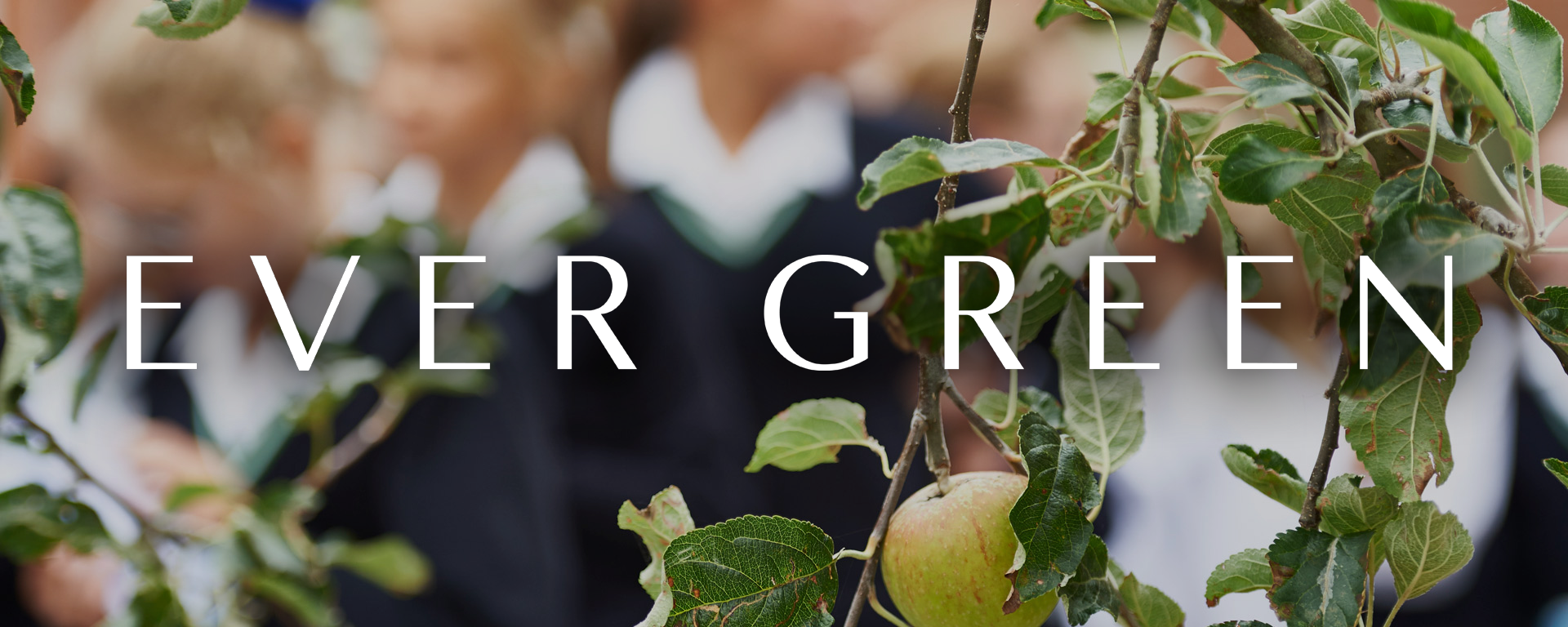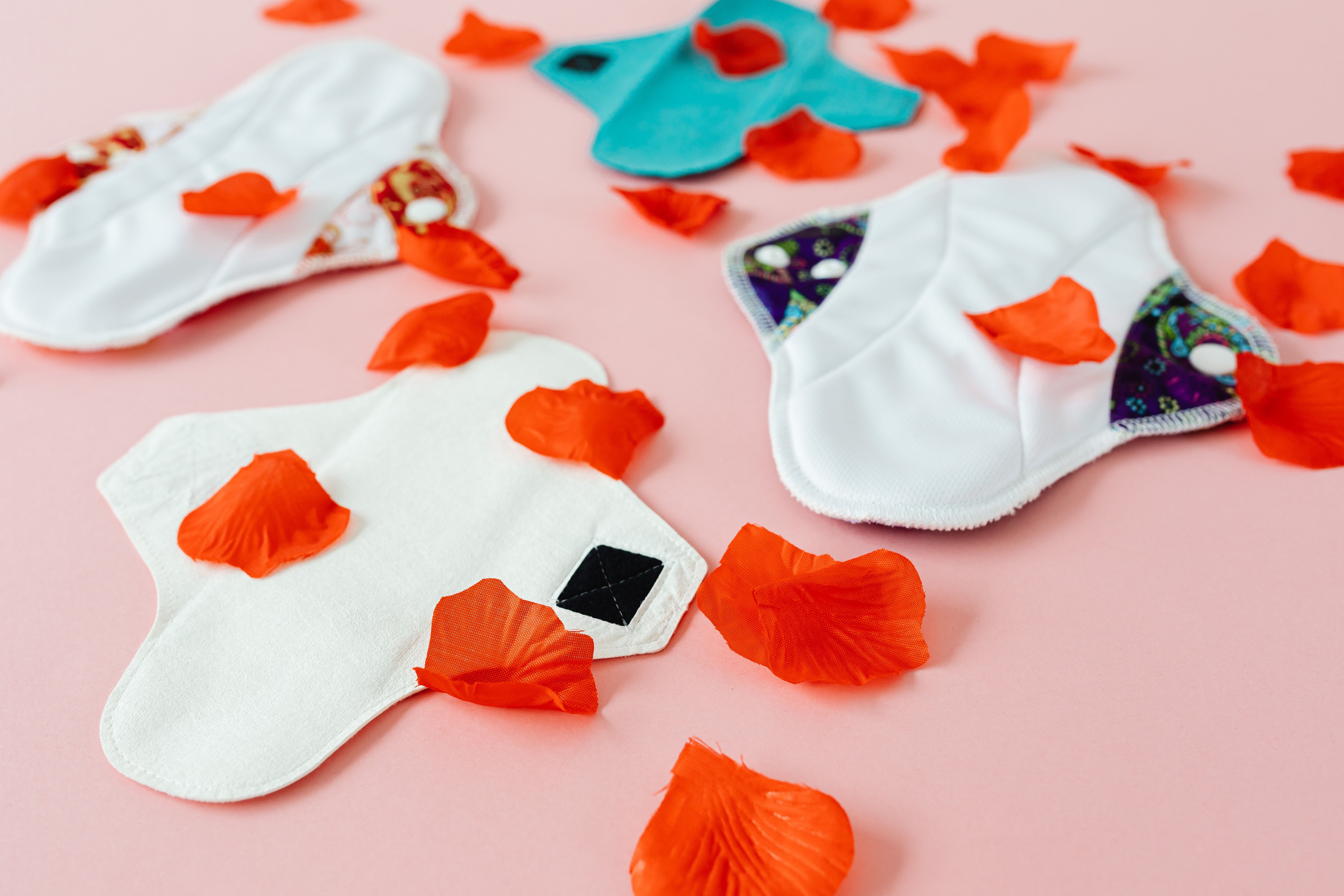Sustainable alternatives to period pads
Sasha in year 13 discusses the impact of single use period products on the environment and provides us with some sustainable alternatives that work just a well or even better than regular pads and tampons.
Over the course of a lifetime, an average menstruator will use between five to fifteen thousand pads and tampons – there have been an estimated 200,000 tonnes of menstrual waste generated per year in the UK. They are the fifth most abundant type of single-use plastic to be washed up on beaches. According to a very aptly named “environmenstrual” factsheet, switching from tampons to menstrual cups can have sixteen times less carbon impact. But how do we navigate the world of sustainable alternatives, when all we’ve ever really been introduced to is their plastic, scented, disposable counterparts?
Fear not – the Fairy Godmother of Innovative Menstrual Products (working title) is here to present the options available currently, some of which you may never have even heard of.
1. Menstrual Cups
Starting with the basics, menstrual cups are little flexible bowl-shaped devices made from medical-grade silicone or latex rubber. They collect blood, as opposed to absorbing it like pads or tampons, and they form a leak-free seal as they tend to have a double rim. They can be worn for up to twelve hours, come in different sizes and diameters, and are said to be great for people with heavy flows. A cup can be used for years (sources range between five to ten), but requires washing with pH-neutral, unscented soap and deep cleans between cycles (soaking in boiled water).
2. Reusable pads
These are usually made from cotton/bamboo, synthetic fabrics, and a charcoal-based filter element. They work like regular pads and are held around your underwear by poppers or Velcro. After use, they need to be rinsed under the tap and then put in the wash (washing machine). Bam – twenty-two disposable pads saved per cycle, on average.
3. Period pants
Look like regular pants (some even have lace if you’re feeling luxurious) but have an extra absorbent section in the crotch to absorb menstrual blood. They hold up to two tampons worth of flow, but ranges vary depending on which ones you get. They are designed to not be bulky, and many prefer them as they don’t require the insertion of anything else. Read the care instructions for the specific ones you choose, but they are usually machine-washable and only need a quick cold-water rinse beforehand, like the reusable pads.
4. Plastic-free tampons/pads
If you don’t like the thought of reusable products, you can still reduce your impact by choosing those made of organic cotton/bamboo (plastic-free) that are biodegradable (approximately within one to two years). Choosing organic products also reduces your exposure to the fragrances and chemicals of traditional pads and tampons.
Ohne has a wide range that should suit any need and is a socially conscious brand led by women.
5. Reusable tampon applicator
If you prefer tampons with an applicator, consider ditching the disposable option for a medical-grade TPE alternative (menstrual cups are often made from TPE). Pair with the aforementioned plastic-free tampons and make Fairy Godmother even happier. Lil-lets have one that comes with a lid for protection and ease of transportation.
As with many environmentally conscious swaps, please don’t feel like you have to commit entirely. I personally like reusable pads, but sometimes use disposables if there isn’t an option to wash them. However, whatever needs you may have, I hope that something on this list has sounded appealing enough to give it a go and reduce your impact on the planet, one pad or tampon at a time.
If you are interested in buying any of the products mentioned, here are some brands we recommend!
https://ohne.com/collections/period-products
https://www.lil-lets.com/uk/our-products/

